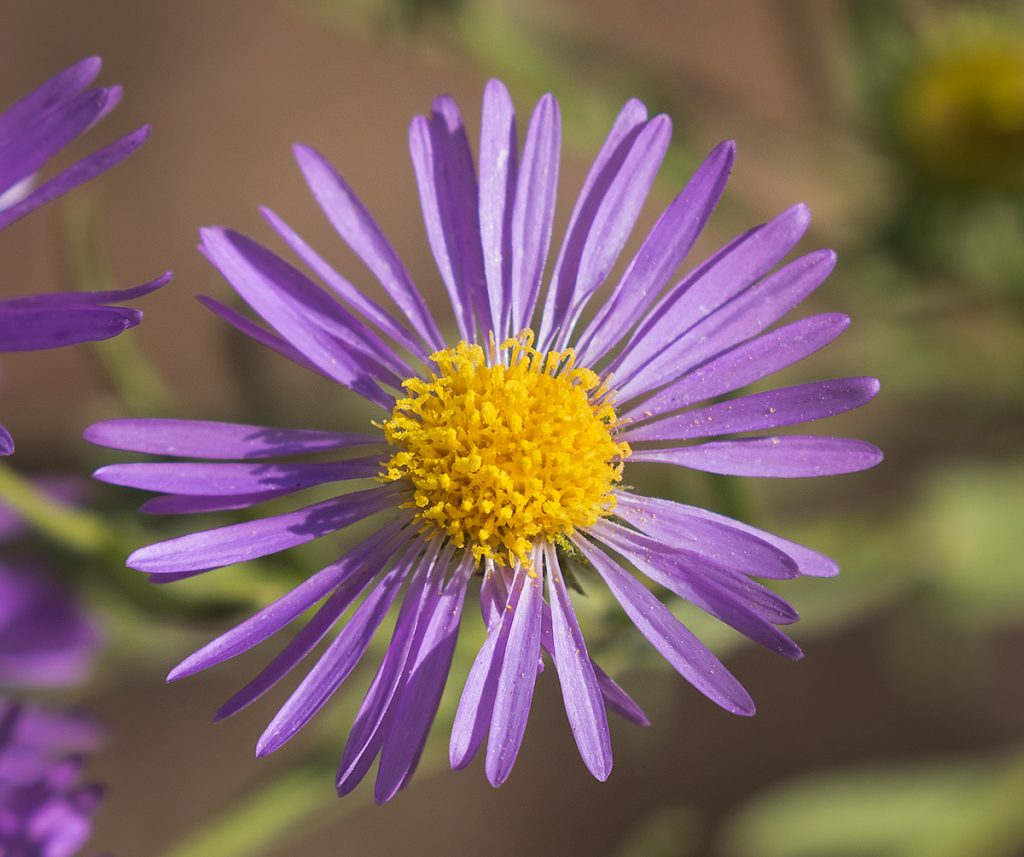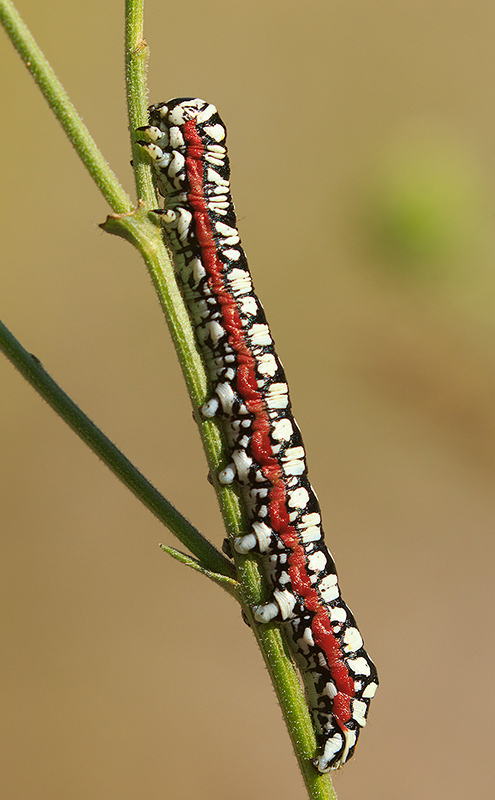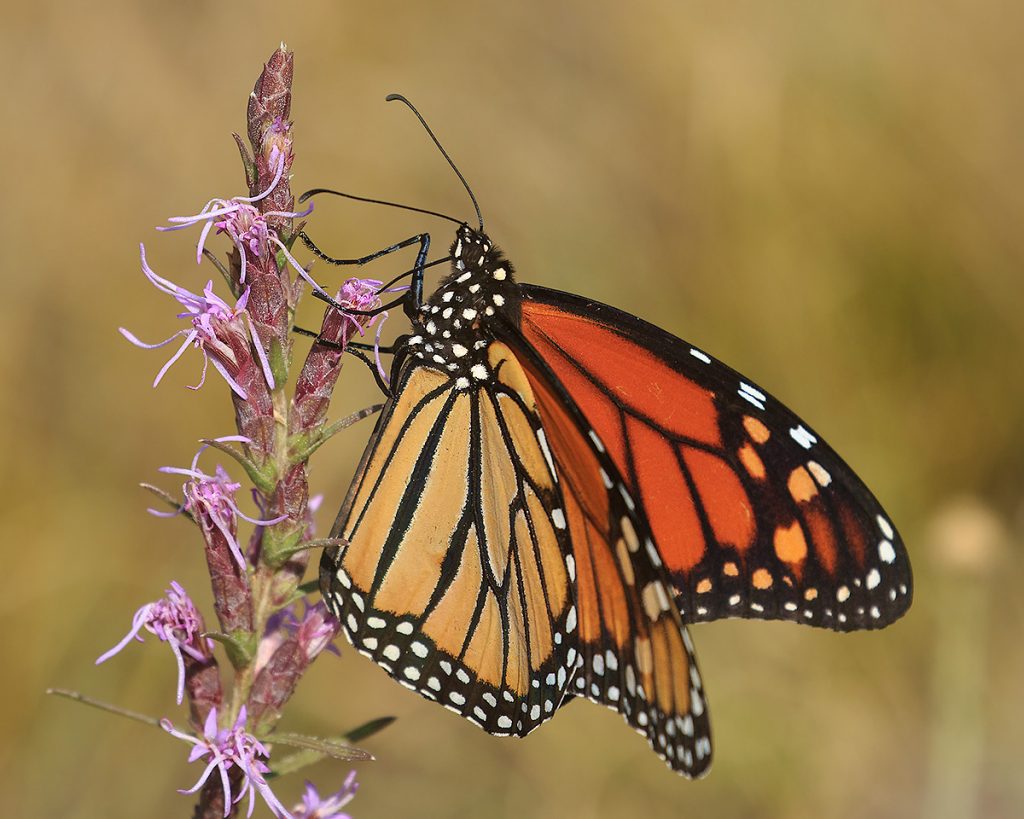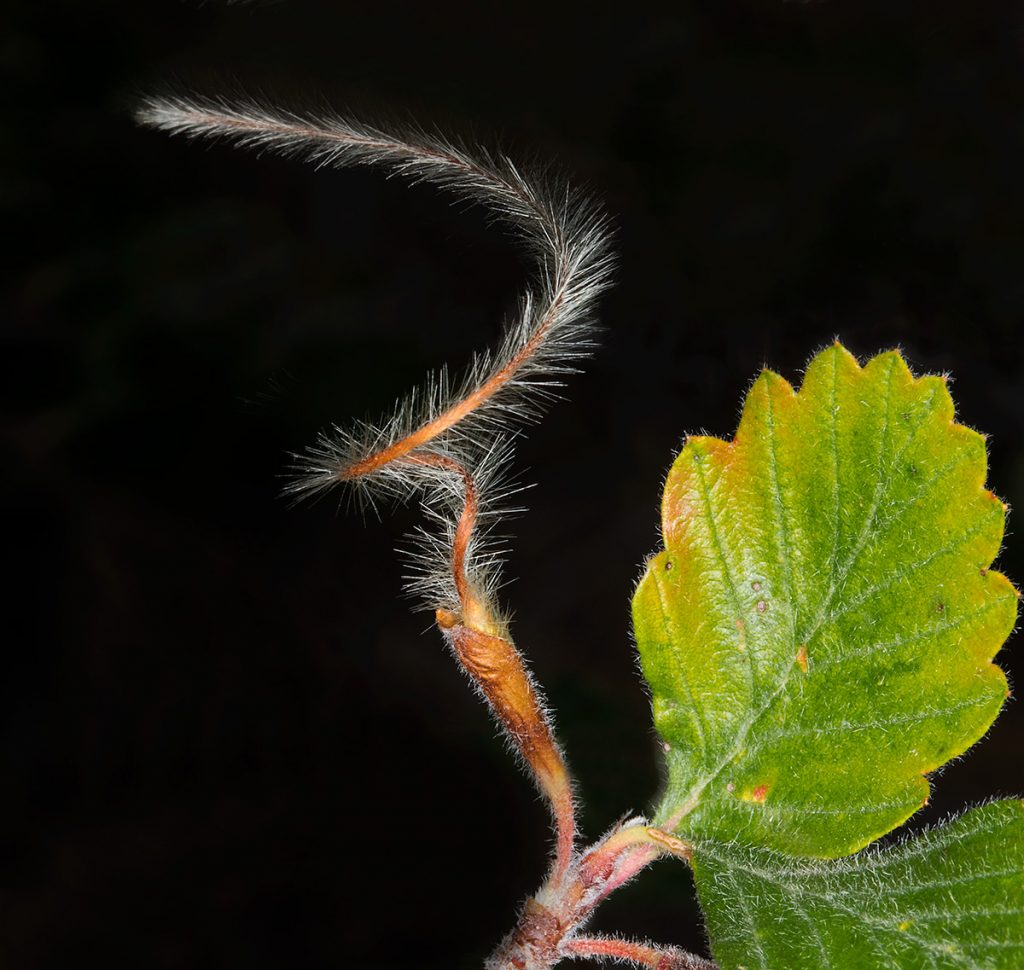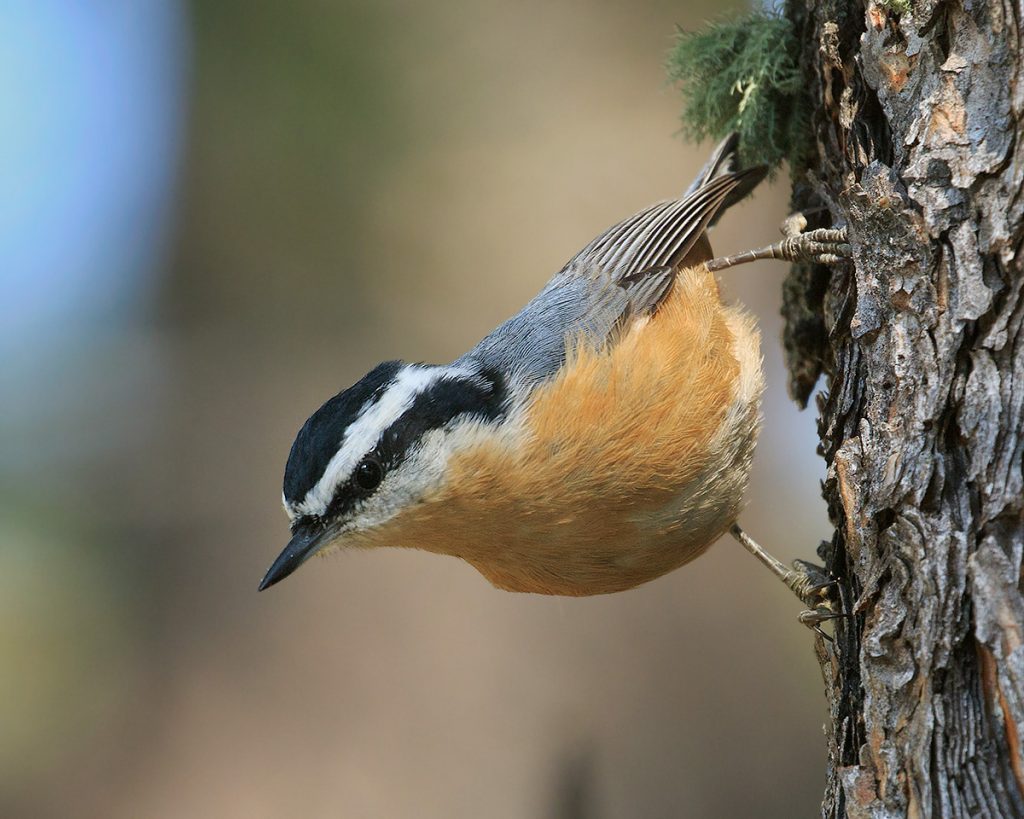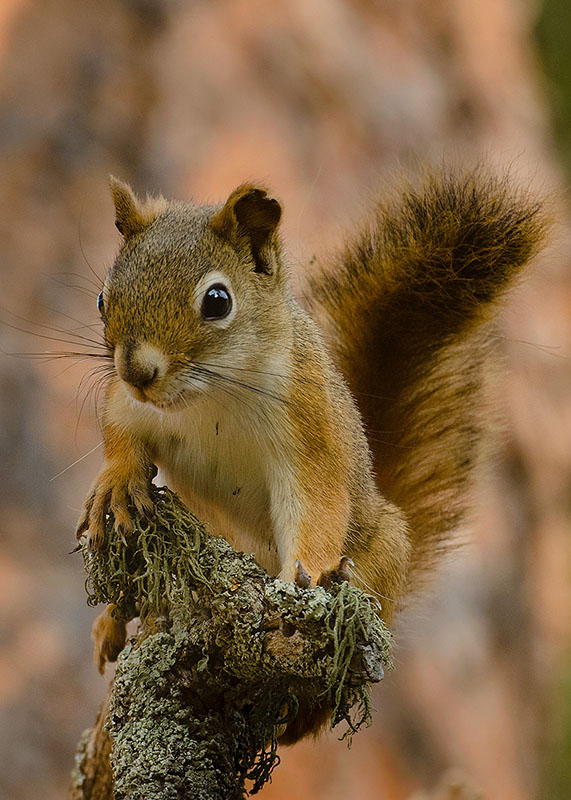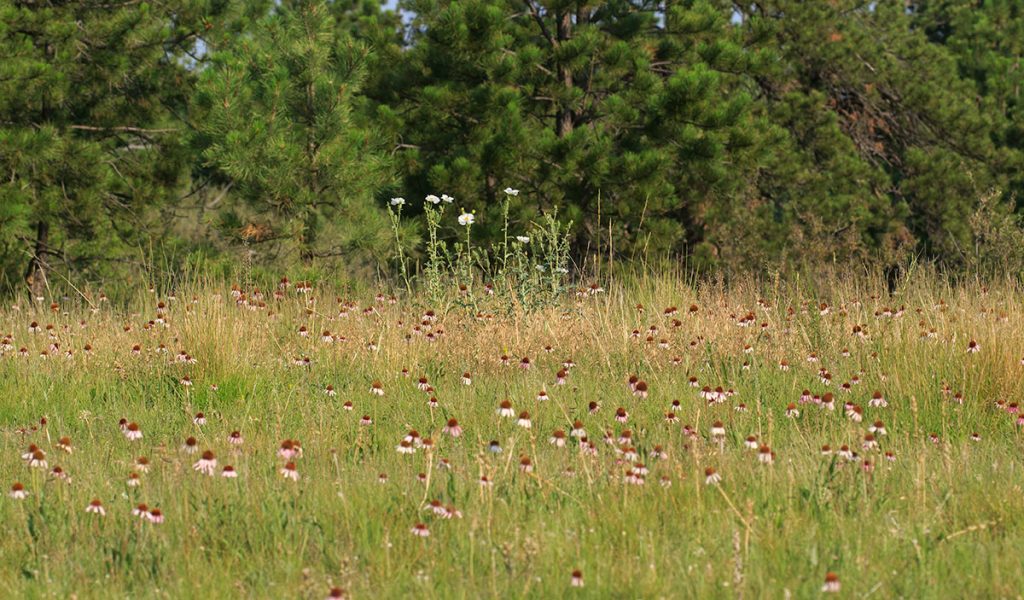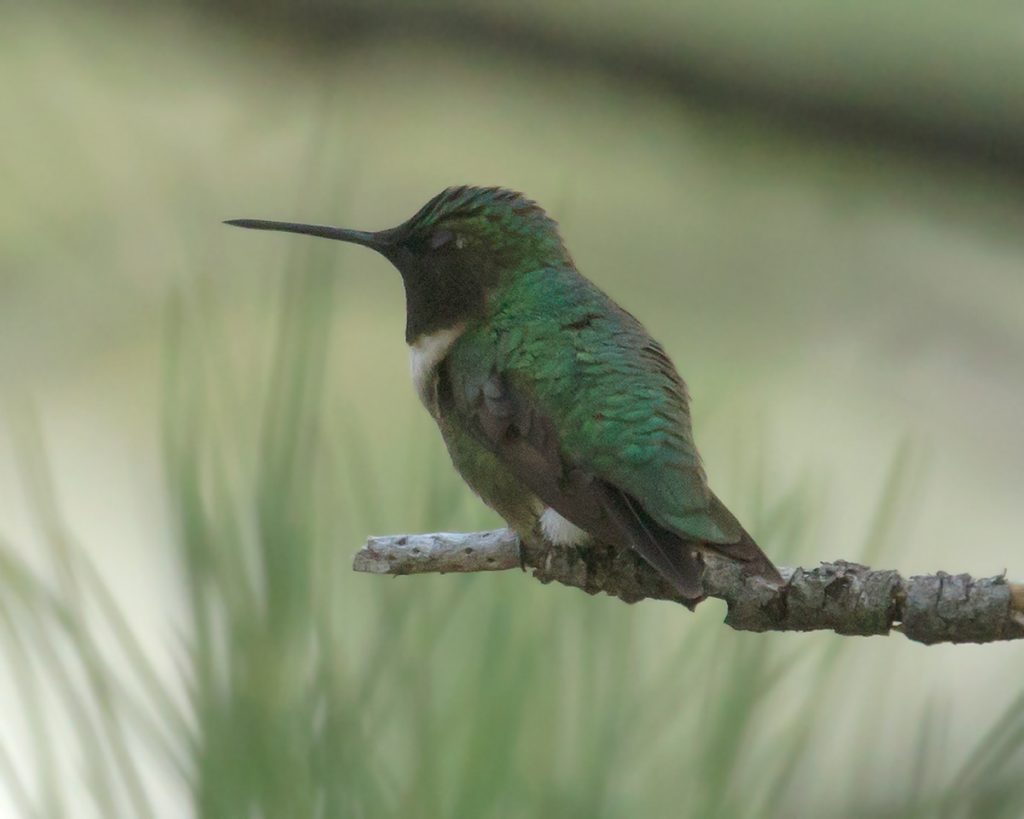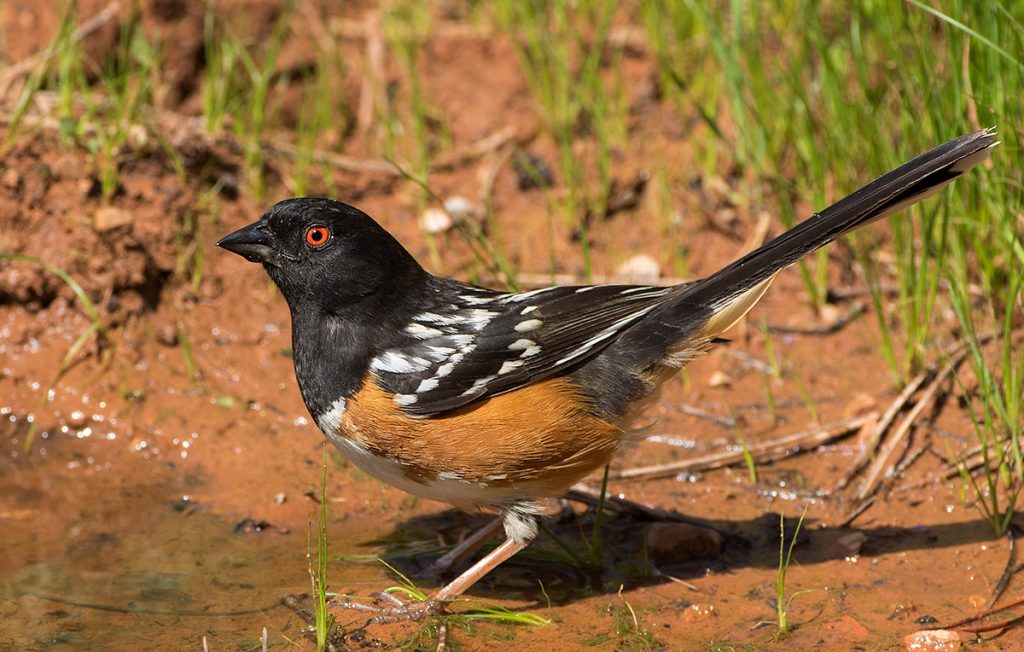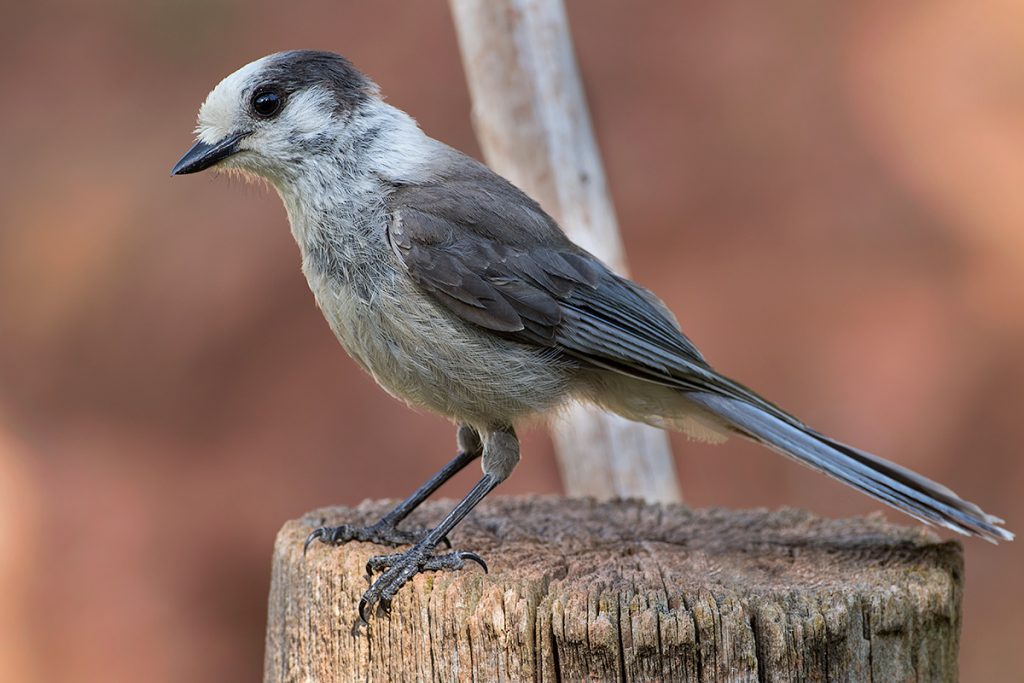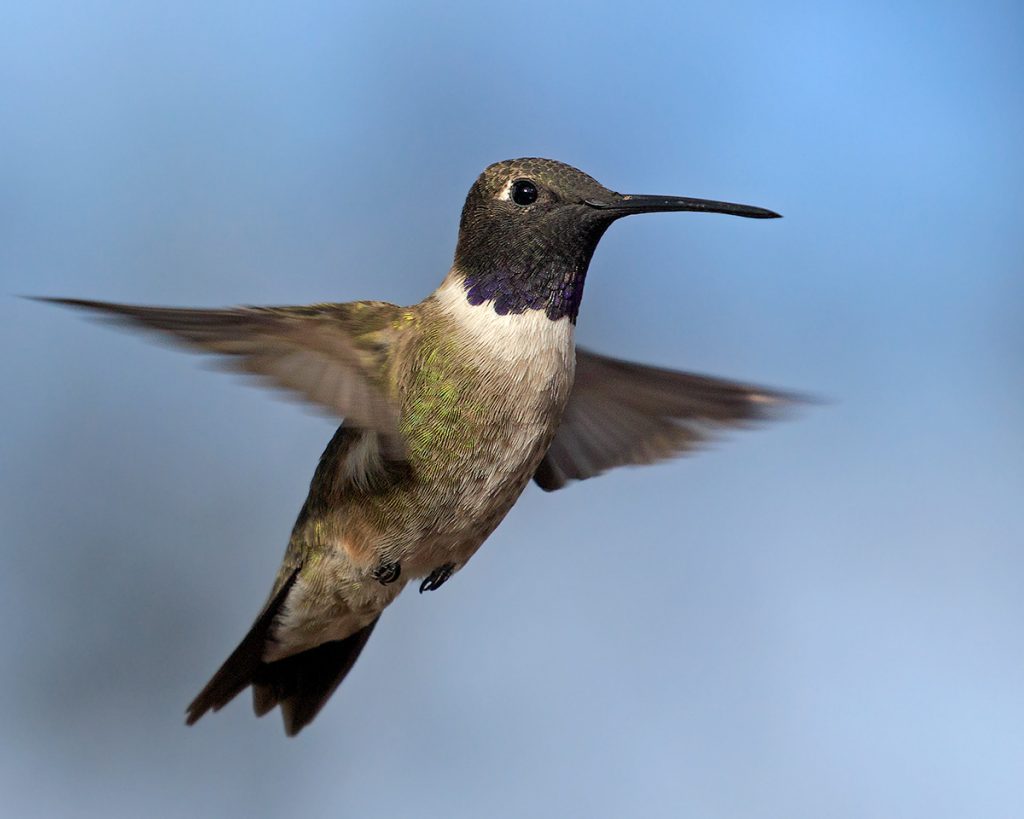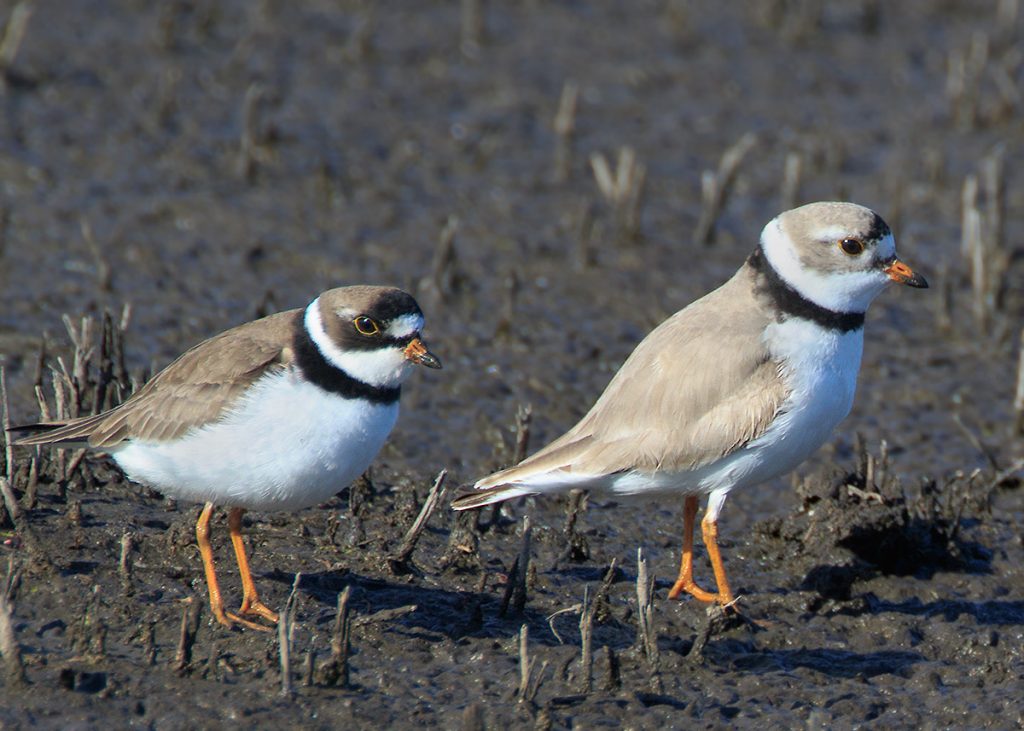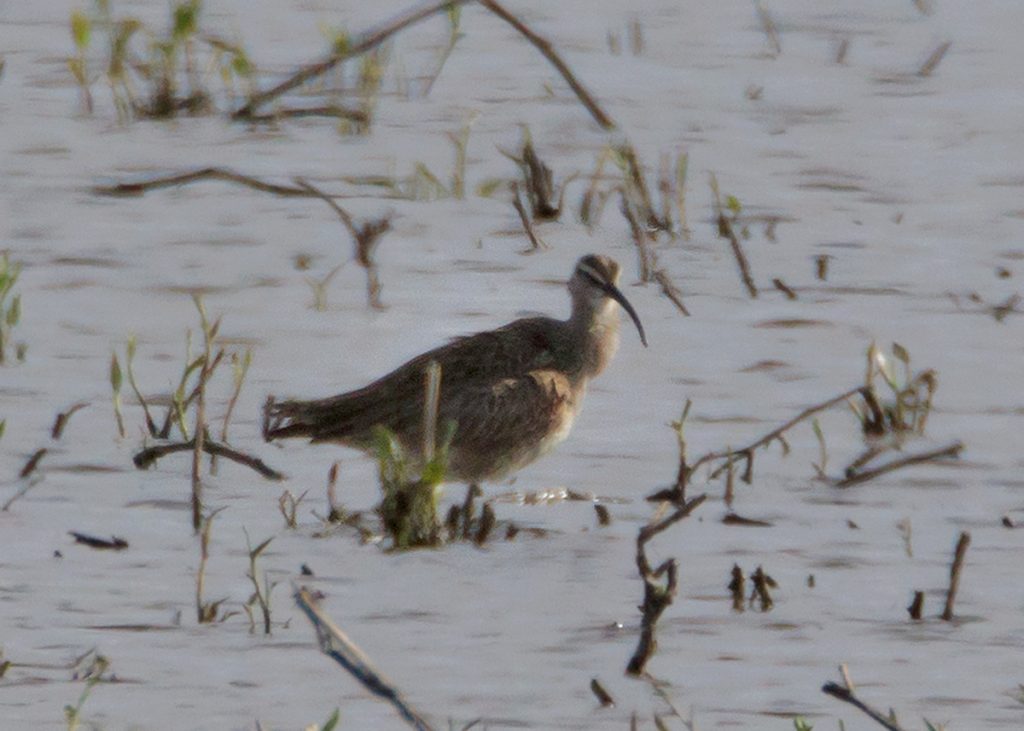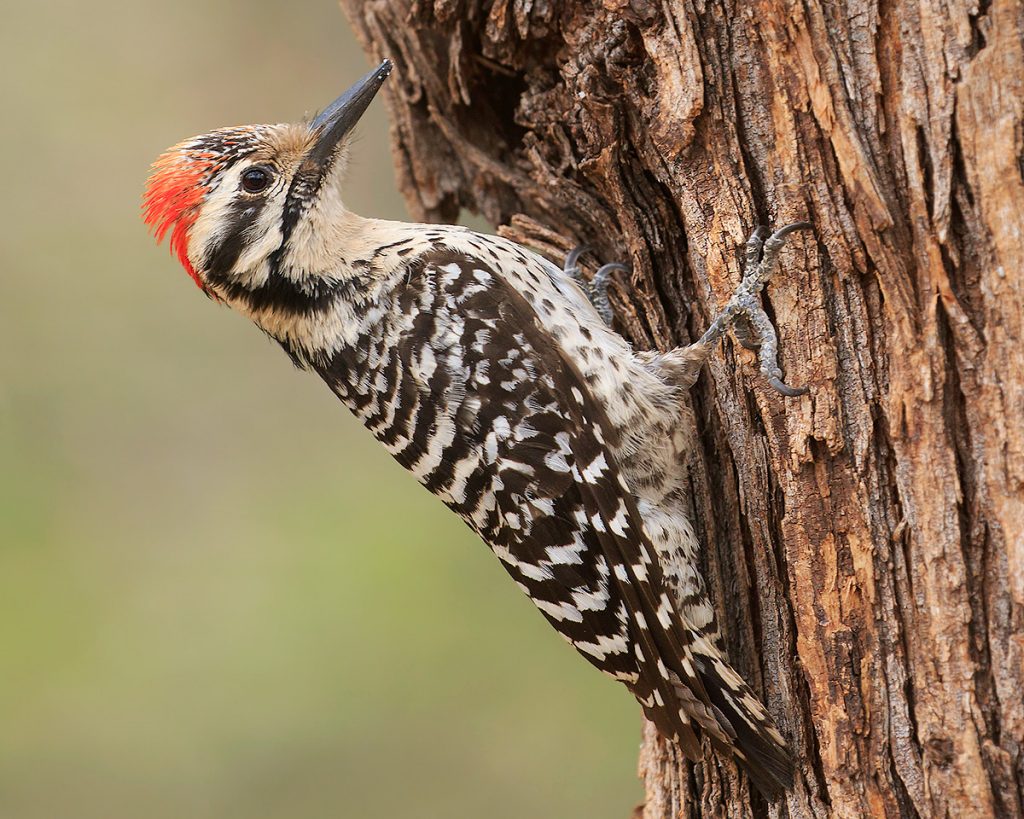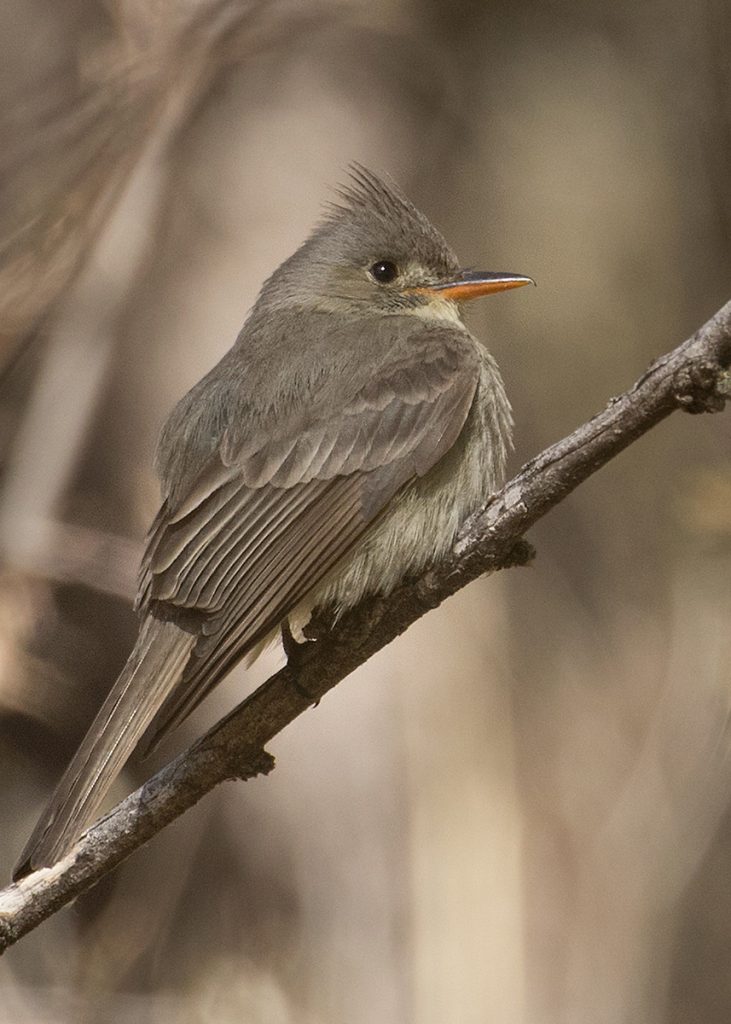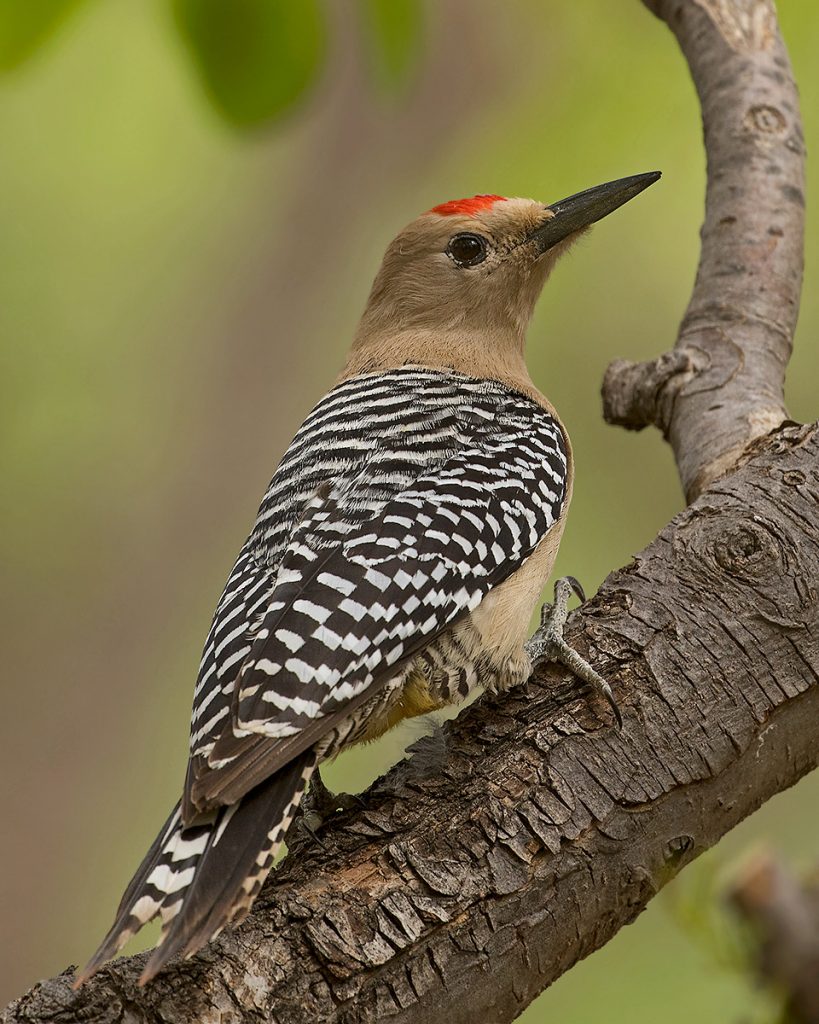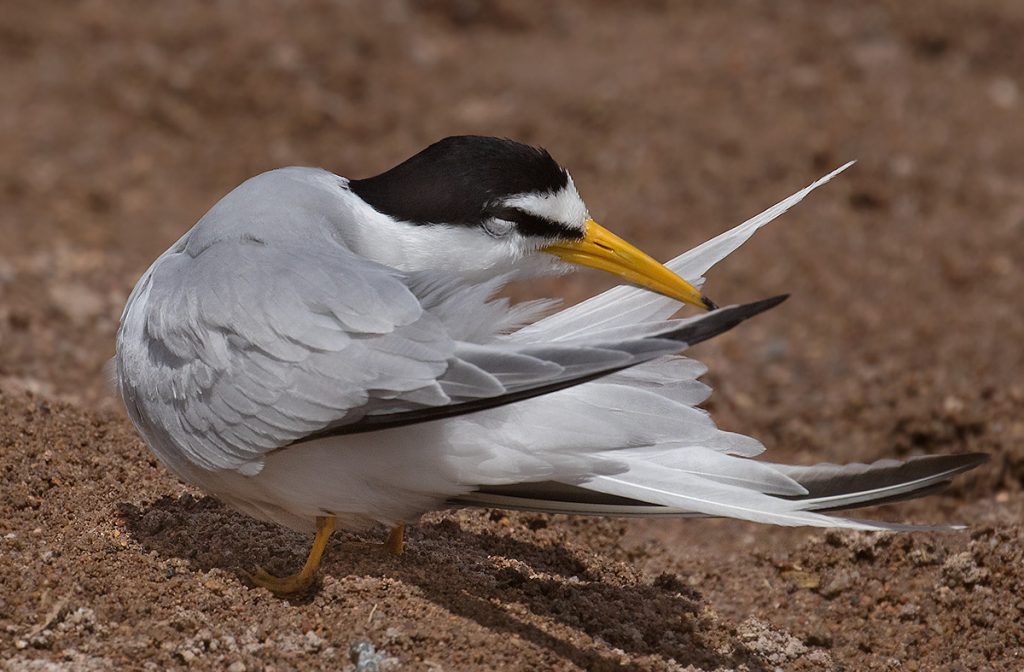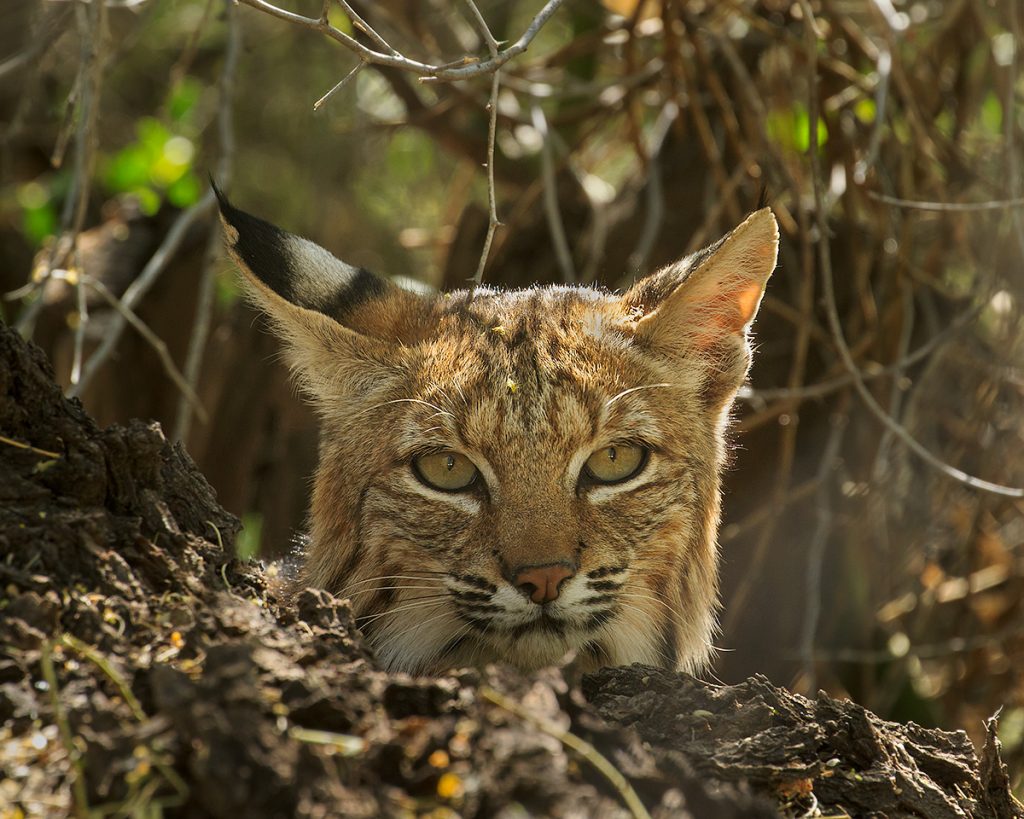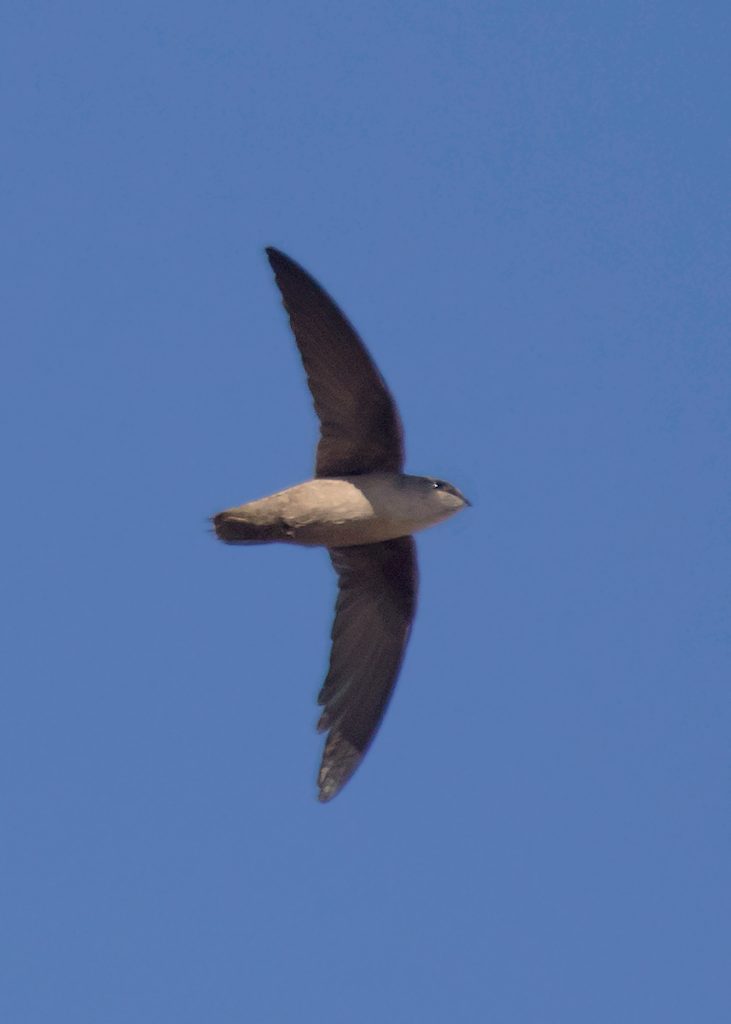I left Valley of Fires yesterday, it was getting too hot. I drove 130 miles west to Datil Well Campground. This area is at much higher elevation and although the forecast is for record high temps in New Mexico, it will only get to around 85 here. This is a BLM campground, with campground hosts, water, restrooms, but no showers. A few of the campsites have electric hookups but most don’t. Cost is $5.00 a day, $2.50 with my senior pass. When I first got here, I saw several Pinyon Jays and immediately put out some feeders. However, all I get at the feeders so far is some Woodhouse’s Scrub-Jays, Juniper Titmice, and Mountain Chickadees. I have a Rufous Hummingbird and a Black-chinned Hummingbird too.

